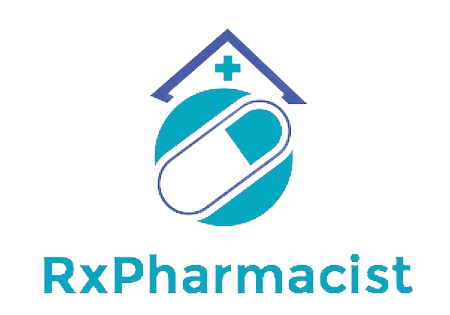Testimonial from one of our first rotation students at RxPharmacist!
“I also had the chance to work with members of the RxPharmacist team to clarify my personal brand and improve my networking, interviewing, and job offer negotiation skills.” I recently completed an APPE rotation with RxPharmacist. As someone with no
